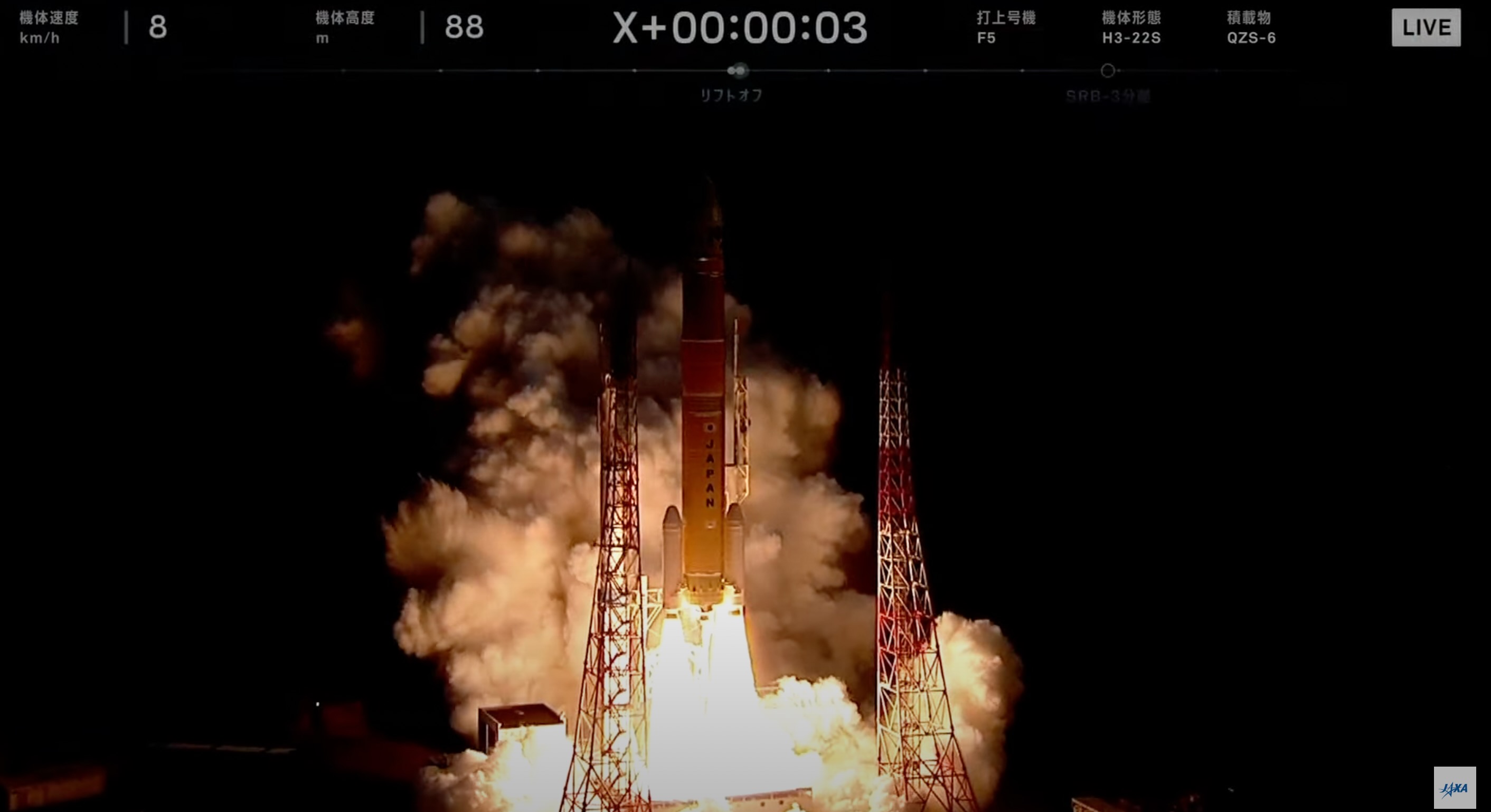
Japan launched a navigation satellite early Sunday morning (Feb. 2), the nation's first liftoff of 2025.
An H3 rocket launched the Michibiki 6 spacecraft from Tanegashima Space Center on Sunday at 3:30 a.m. EST (0830 GMT; 5:30 p.m. local Japan time).
The H3 successfully sent the 10,800-pound (4,900-kilogram) Michibiki 6 to geostationary transfer orbit, deploying it there 29 minutes after launch as planned.

After the satellite makes its way to its final orbit and finishes its checkout phase, it will become the fifth member of Japan's Quasi-Zenith Satellite System (QZSS), which became operational in November 2018.
"This system is compatible with GPS satellites and can be utilized with them in an integrated fashion. In this way, the satellite positioning service environment was advanced dramatically," Japanese officials wrote in a description of the QZSS project.
"QZSW can be used even in the Asia-Oceania regions with longitudes close to Japan, so its usage will be expanded to other countries in these regions as well," they added.
Related: Japan launches military communications satellite on 4th flight of H3 rocket (video)
Sunday's liftoff was the fifth ever for the two-stage H3, which was developed by the Japan Aerospace Exploration Agency (JAXA) and Mitsubishi Heavy Industries to replace Japan's workhorse H-2A rocket.
The H3 failed on its debut mission in March 2023, resulting in the loss of an Earth-observing satellite, but its four most recent flights have been successful.
Editor's note: This story was updated at 4 a.m. ET on Feb. 2 with news of successful launch and satellite deployment.







